Understanding Injection Molded Parts
Injection molded parts are a critical component in the modern manufacturing landscape, used extensively across various industries for the production of both prototypes and end-use products. This sophisticated process allows for the creation of intricate components with high precision, offering numerous benefits such as reduced waste, consistent quality, and the ability to work with a wide range of materials. Understanding the fundamentals of injection molded parts is essential for manufacturers looking to leverage this technology effectively.
What are Injection Molded Parts?
Injection molded parts are created through a manufacturing process that involves injecting molten material, typically plastic, into a mold. Once cooled and solidified, the mold is opened, and the finished part is ejected. This method allows for highly complex geometries and tight tolerances, making it a popular choice for producing components used in everything from consumer goods to automotive and medical devices.
Common characteristics of injection molded parts include:
- High Precision: Parts can be produced with tolerances as tight as +/- 0.002 inches.
- Repeatability: Once a mold is created, thousands or millions of identical parts can be produced consistently.
- Material Versatility: A wide range of thermoplastics and thermosetting polymers can be used, including engineered materials with specific properties such as strength and temperature resistance.
The Injection Molding Process Explained
The injection molding process involves several key steps:
- Material Preparation: The raw material, often in the form of plastic pellets, is fed into a hopper where it is heated and melted.
- Injection: The molten material is injected into a mold cavity, where it takes on the shape of the mold.
- Cooling: The material cools and solidifies within the mold.
- Ejection: Once solidified, the mold opens, and ejector pins push the finished part out of the mold.
- Trimming and Finishing: Any excess material, known as flash, may be trimmed away, and additional finishing processes may be applied.
Common Materials Used for Injection Molded Parts
Various materials are suitable for injection molding, each providing distinct advantages depending on the application. Some of the most commonly used materials include:
- Polypropylene (PP): Known for its durability and chemical resistance, making it ideal for automotive parts and consumer goods.
- Polyethylene (PE): Widely used due to its flexibility and low density, often utilized in containers and packaging.
- Polyvinyl Chloride (PVC): Frequently used for medical devices, plumbing, and electrical cable insulation.
- ABS (Acrylonitrile Butadiene Styrene): Valued for its toughness and impact resistance, popular in consumer electronics and toys.
Designing Injection Molded Parts
Designing parts for injection molding requires a thorough understanding of the process and the materials used. The design phase is crucial, as it can significantly affect the parts’ manufacturability, cost, and performance.
Best Practices for Design
To optimize the design of injection molded parts, consider the following best practices:
- Incorporate Draft Angles: Adding a draft angle (typically 1-2 degrees) helps facilitate the easy removal of parts from the mold.
- Maintain Uniform Wall Thickness: Consistent wall thickness reduces the risk of warping and helps ensure even cooling.
- Use Fillets and Rounding: Sharp corners can create stress concentrations; radiusing edges improves strength and ease of ejection.
Common Challenges in Design
Despite advancements in engineering practices, challenges remain in designing effective injection molded parts:
- Mold Design Complexity: Complex designs may lead to longer lead times and increased costs due to the intricacies involved in mold fabrication.
- Material Selection: Choosing the wrong material can lead to failure in performance or increased costs owing to processing difficulties.
- Dimensional Accuracy: Maintaining tight tolerances throughout the production process can be challenging, particularly for larger parts.
Optimizing for Functionality
Designing for functionality means considering the part’s end use during the design phase. Key considerations include:
- Load Conditions: Ensure the design can withstand applied loads and stresses in real-world applications.
- Thermal Considerations: Take into account thermal cycling and environmental conditions, which can influence material choices and design features.
- Aesthetic Quality: Incorporate surface finishes and colorants during the design to achieve the desired visual appearance without affecting functionality.
Applications of Injection Molded Parts
Injection molded parts are utilized in various sectors, from consumer products to industrial applications. The versatility and efficiency of this process allow for innovative product design.
Industries Utilizing Injection Molded Parts
Several industries rely heavily on injection molded parts, including:
- Automotive: Components such as dashboards, door panels, and fuel tanks are commonly manufactured through injection molding.
- Consumer Electronics: Cases for smartphones, laptops, and various electronic devices are typically produced using this method.
- Medical Devices: Application-specific components like syringes and surgical trays highlight injection molding’s role in health care.
- Household Products: Items such as containers, toys, and kitchenware all utilize injection molded parts.
Notable Examples of Everyday Products
Injection molded parts are integral to many products we encounter daily, such as:
- Plastic storage containers
- Bottles and caps
- Toys like LEGO bricks
- Automotive components
Trends Shaping the Future of Injection Molded Parts
The landscape of injection molding is evolving with several key trends:
- Sustainability: The shift towards eco-friendly materials and processes is prominent, with many manufacturers exploring biodegradable options.
- Advanced Manufacturing Technologies: Methods such as 3D printing for prototyping and smart manufacturing are enhancing efficiency and reducing lead times.
- Customization: Increased demand for personalized products is driving innovations in small-batch production and on-demand manufacturing.
Quality Control in Injection Molding
Ensuring the quality of injection molded parts is crucial to achieving reliable performance and customer satisfaction. Quality control (QC) systems are necessary to monitor and maintain standards throughout the production process.
Importance of Quality Assurance
Quality assurance is vital in minimizing defects, reducing rework, and ensuring that every part produced meets the required specifications. A strong QA framework contributes to sustainability by reducing waste and enhancing operational efficiency.
Techniques for Testing and Validation
Various methods are employed to validate the quality of injection molded parts, including:
- Dimensional Inspection: Tools like calipers and gauges help ensure parts meet specified tolerances.
- Visual Inspection: A thorough examination of the surface for defects or inconsistencies.
- Functional Testing: Parts undergo real-world testing to ensure they perform as required in their intended applications.
Common Issues and Solutions
Despite rigorous quality control, issues can arise during injection molding:
- Flash: A common defect where excess material spills into the mold’s parting line. Solutions include optimizing the mold design and adjusting injection pressure.
- Warpage: Distortion of the part due to uneven cooling. This can be minimized by improving wall thickness uniformity and cooling channel design.
- Short Shots: Incomplete filling of the mold. Address this by increasing material flow or reducing viscosity.
Choosing the Right Injection Molding Partner
Selecting the right partner for injection molding is crucial to achieving project success. Evaluating potential manufacturers carefully can lead to better collaboration, improved outcomes, and cost savings.
Factors to Consider When Selecting a Manufacturer
When choosing an injection molding partner, keep the following factors in mind:
- Technical Capabilities: Ensure they have the technology and machinery suited for your project’s needs.
- Industry Experience: Look for manufacturers with a proven track record in your specific sector.
- Quality Assurance Systems: Review their quality assurance procedures to confirm they align with your standards.
Evaluating Technical Capabilities
Understanding the technical capabilities of a potential partner involves:
- Assessing their equipment and technologies for modern injection molding.
- Reviewing their capabilities for rapid prototyping and production scalability.
- Checking their expertise in handling complex parts or specialized materials.
Building Long-term Partnerships
Unsuccessful partnerships can lead to project failures and increased costs. Consider the following when establishing long-term relationships:
- Communication: Prioritize transparency and regular updates to ensure alignment throughout the project.
- Collaboration: A cooperative relationship allows for the sharing of ideas and improvements in design and processes.
- Feedback and Improvement: Encourage a culture of open feedback to continuously enhance quality and performance over time.


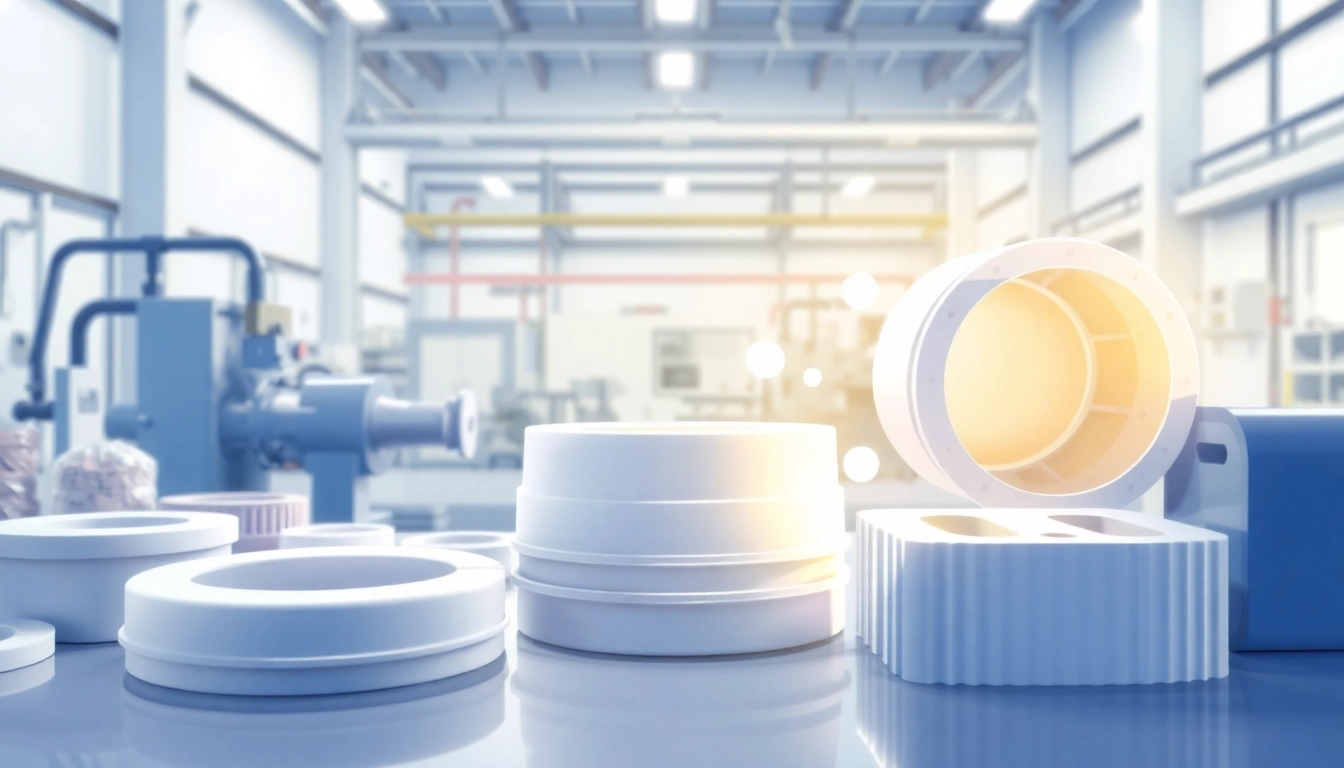
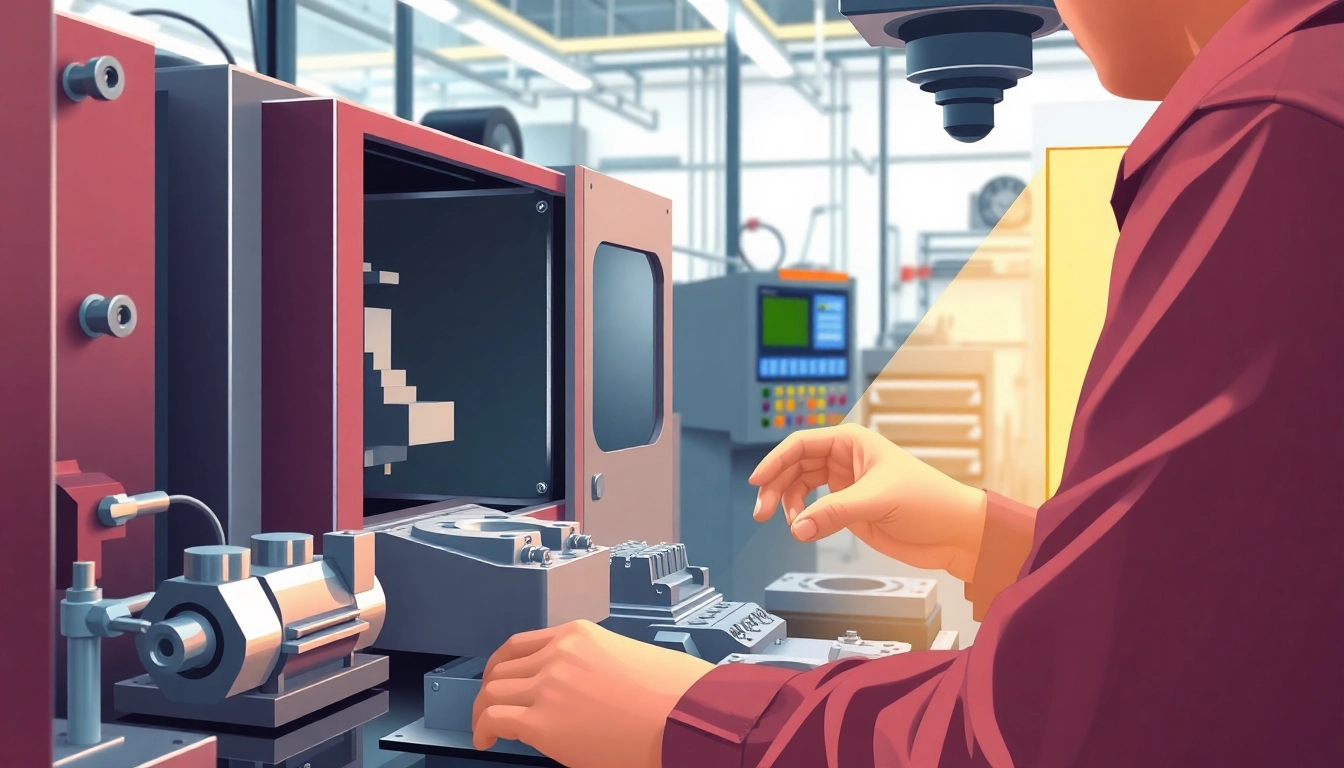
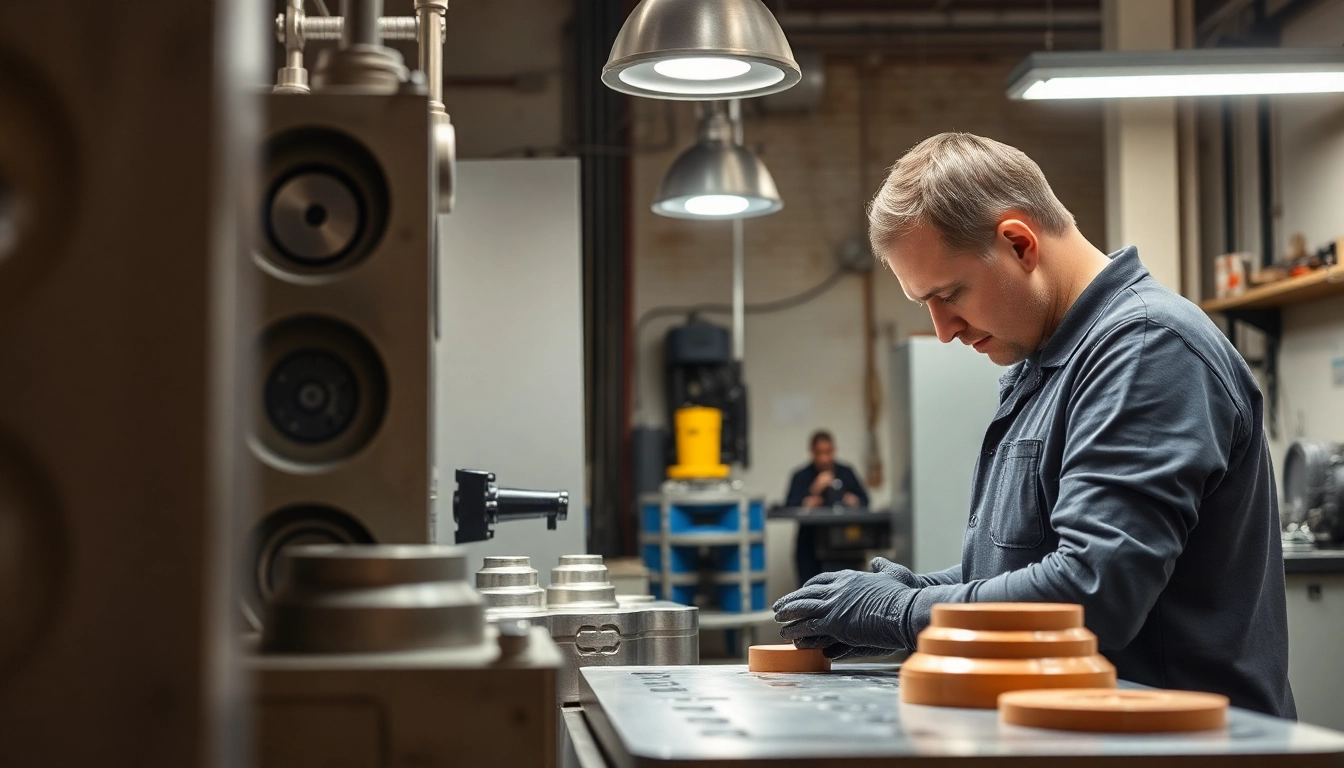
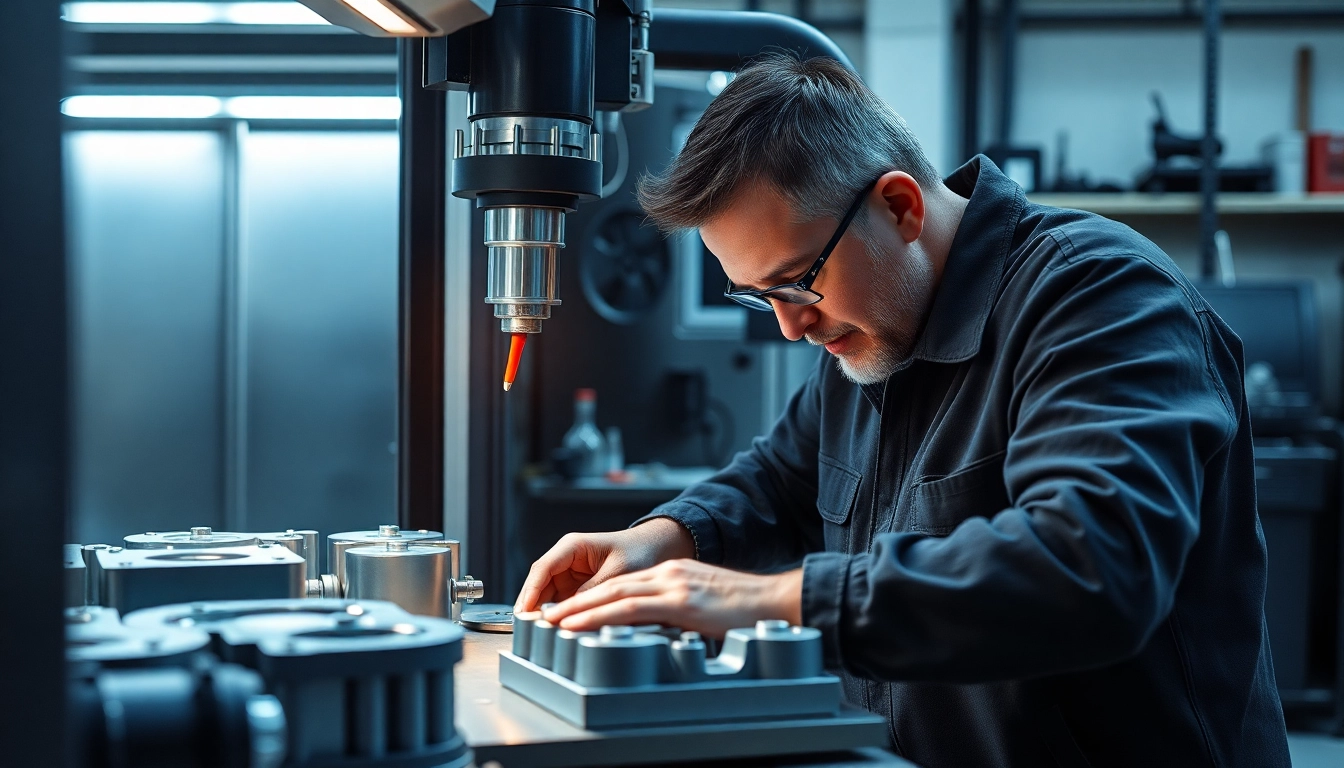

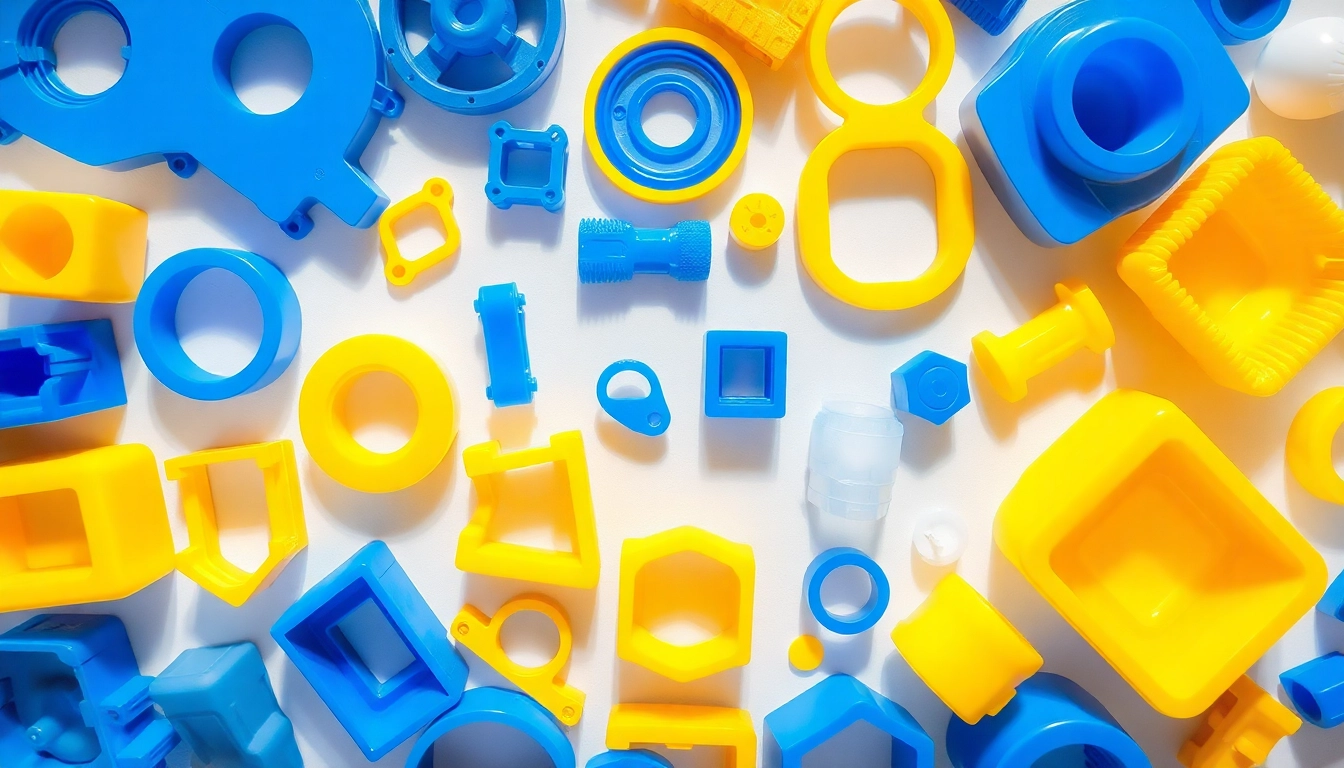
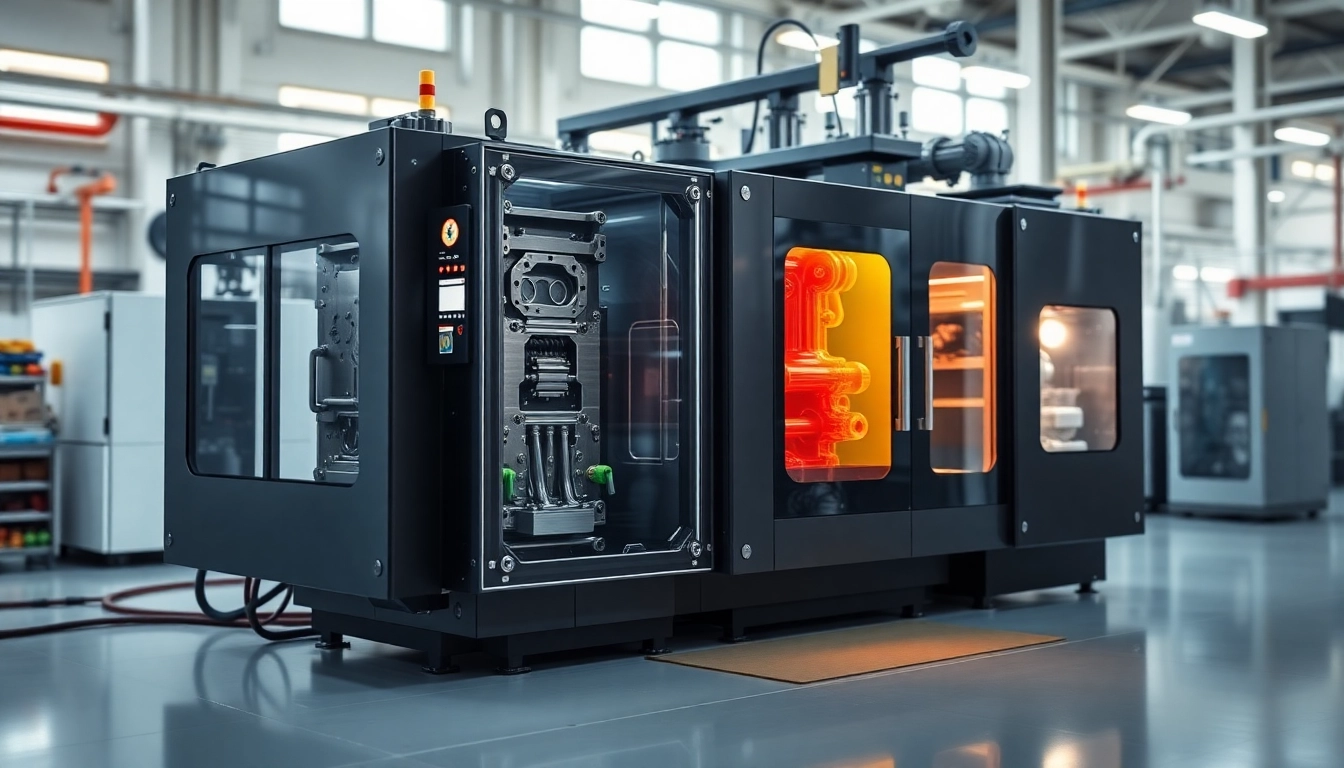
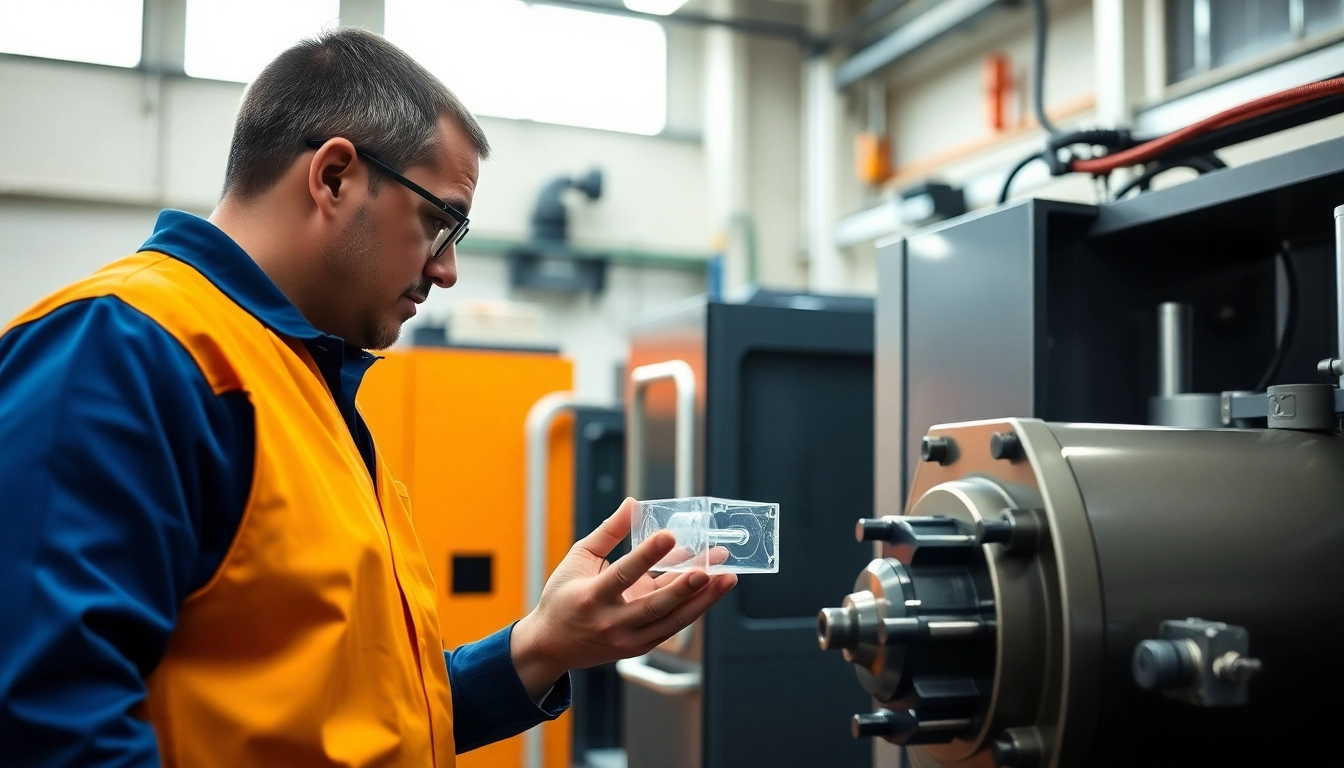
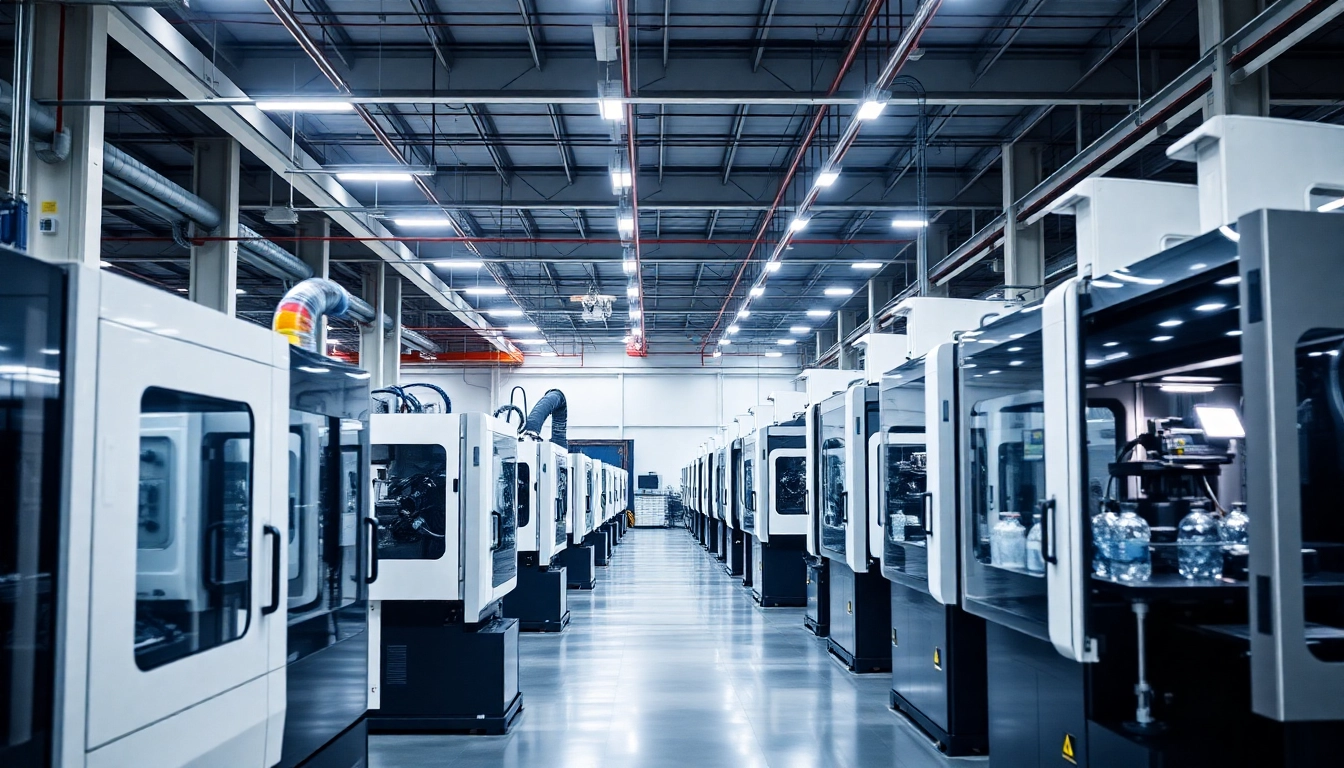




Leave a Reply